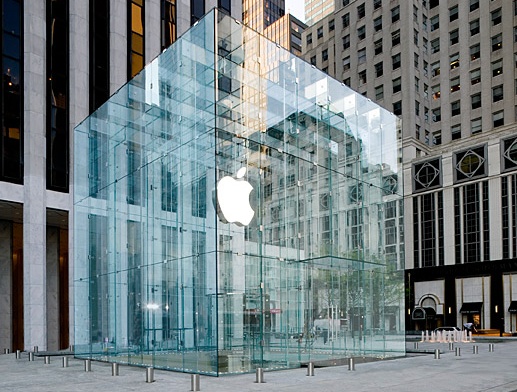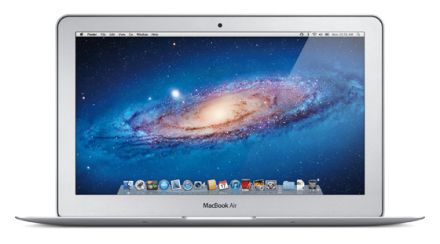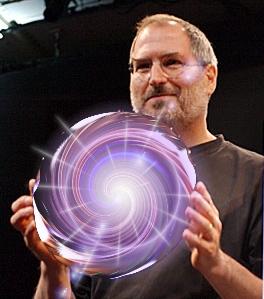 Ten years ago on Sunday, Apple called it quits on one of its oddest products ever, the G4 Cube. The Cube was a strange and wonderful machine that continues to fascinate today – but it was widely perceived to have failed. Some people thoroughly enjoyed the failure, thinking it served Apple right.
Ten years ago on Sunday, Apple called it quits on one of its oddest products ever, the G4 Cube. The Cube was a strange and wonderful machine that continues to fascinate today – but it was widely perceived to have failed. Some people thoroughly enjoyed the failure, thinking it served Apple right.
Dull people will always cheer a bold experiment that goes wrong. After July 2001, Apple’s design team never again attempted anything as daring or distinctive. It has produced beautiful designs, and unarguably influenced consumer technology design more than any one else.
But essentially, its computer designs are variations on the same theme. The professional laptops have continued in their rectangular, razor-like way. Even the iPad looks very much like how you’d expect a media slate to look like, for example.
But the Cube was different. The Cube looked like Buckminster Fuller talked; the Cube looked like it might have fallen to earth from an advanced civilisation, eager to escape orbit and looking to throw some ballast overboard. Or like a millionaire had given a mad bloke on a bus an unlimited budget.
“Hello. You look like you’ve done a lot of LSD. Well, here’s several million dollars – go and design a computer, any shape you want. Just make sure it hangs upside down.”
Read more






